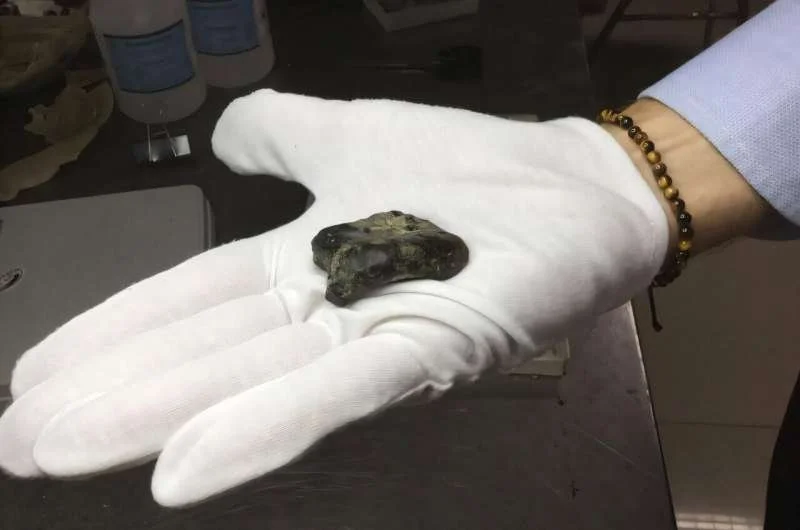During excavations in Dromolaxia, close to Aliki Larnaca, the graves were discovered. "Those interred here probably belonged to the aristocratic class."
Archaeologists found unusually lavish Bronze Age graves in Dromolaxia, next to Salt Lake in Larnaca, in front of the Hala Sultan Mosque. The underground burial rooms contained skeletons with expensive necklaces and diadems, as well as a profusion of priceless burial gifts made of gold, precious stones, and ivory. Since the Bronze Age, these tombs have been among the most opulent in the Mediterranean. According to the German scholarly publication "Wissenschaft," the bones and offerings are associated with monarchs and other members of the region's ruling class.
The earliest signs of a Bronze Age civilization were found in the region, which is close to the existing airport in Larnaca, as early as 1897, and excavations were started. Researchers have been employing new techniques to unearth more and more of the Bronze Age metropolis since the 1970s. According to their research, the region covered 50 hectares between 1630 and 1150 BC and contained copper workshops in addition to noble quarters with homes. The vast cultural and economic connections between the people of Egypt, Mycenae, Minoan Crete, Sardinia, and Mesopotamia are also demonstrated by artifacts from these regions. There must have been a special tie with Tiryns based on the vases and certain jewels that were discovered.
2016 saw the discovery of a Bronze Age cemetery with several elaborately decorated tombs in front of the Hala Sultan Mosque by a team of archaeologists under the direction of Peter Fischer, a professor at the University of Gothenburg in Sweden. Members of the ruling class were interred in subterranean rooms with their imported luxury goods and jewelry. Researchers have now identified additional, much wealthier burials there with the use of magnetic measurements. According to Fischer in the pertinent scientific statement (Södeberg Expedition 2023), "We compared the locations where shattered pottery shards were recovered with the map of the magnetometer, and numerous big cavities emerged roughly two meters below the surface of the earth."
Archaeologists investigated these sites and uncovered three burial chambers with a total length of four to five meters, each containing multiple skeletons that were in excellent condition. Also, they were incredibly rich in offerings, significantly outpacing the already abundant discoveries of the older tombs in both quantity and quality. In only two of these burial chambers, "we recovered more than 500 undamaged artifacts, many of which are made of expensive metals, precious stones, ivory, or high-quality pottery," said the Swedish director of study. The graves also contained priceless bronze weapons adorned with ivory and a gold-framed hematite seal.
How come they believe they discovered royal tombs?
A woman who was encircled by numerous ceramic vases, jewelry, and a round bronze mirror was among the deceased. The bones of a young child, who had been buried with a porcelain toy, were also in the grave with her. "Others, both men and women, wore necklaces with excellent-quality pendants and diadems. The pendants' design and construction indicate that they were created in Egypt in the second part of the 18th dynasty, presumably by Akhenaten and his wife, Nefertiti, and Tutankhamun," based on the assertion. Embossed pictures of bulls, gazelles, lions, and flowers are used to embellish the diadems.
Even though we do not yet know what type of administration the city had at the time, the people buried here were unquestionably members of the ruling class, according to Fischer. "Given the quality of these grave items, it is logical to believe that these were royal graves," she said. The fact that many of the valuable presents originate from other Mediterranean cultures also supports this viewpoint. Evidently, they were imported jewels and luxuries. Among them are gold and ivory from Egypt, lapis lazuli (lazurite) in blue from Afghanistan, carnelian in red from India, and turquoise, a mineral with a blue-green hue, from Sinai. The findings also include amber from the Baltic region. As the archaeologists explain, this elite could afford such lavish imports because it had become wealthy by extracting copper from the neighboring Mount Troodos: "Copper was an important commodity at the time because it was used in combination with tin to produce the harder copper alloy, which gave its name to the Bronze Age."










